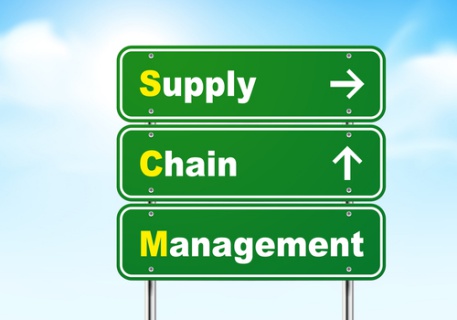How Much Help Does The Supply Chain Sector Really Need?

A $10 billion annual revenue for an industry is not too shabby, nor is a 12 percent revenue increase from the year before. With a recent study showing that supply chain management revenue is on track to hit its highest levels since 2011, it’s clear that a significant change has hit the industry. But what exactly is driving this growth and what can supply chain entities do to ensure that they remain on track with the competition?
In an attempt to help supply chain companies, the Obama administration is finalizing its SupplierPay initiative. The question, though, is whether those firms need or even want that help.
Although small to mid-sized firms could certainly benefit from 15-day payment terms, a recent study found that supply chain management technology is growing at a steady pace.
That study, by Gartner, found that supply chain management (SCM) software revenue is on track to reach $10.0 billion in 2014, a 12.2 percent increase from 2013. This will be the highest annual growth rate for the SCM software industry since 2011.
The supply chain technology market is “buoyant,” Chad Eschinger, research vice president at Gartner, said in a statement. “Both supply chain execution and supply chain planning revenues are on course to grow at double-digit rates in 2014.”
For the report, Gartner interviewed 447 supply chain professionals across North America. According to a Gartner statement, it asked executives which obstacles hindered their progress toward achieving organizational goals. Respondents said that inaccurate forecasts of demand for products and variability of demand are their top issues. This issue could perhaps be solved with better supply chain technology, according to Gartner.
For example, 43 percent of surveyed supply chain professionals said that to deal with rising levels of integration complexity, they were devoted to a single underlying technology platform that would improve the visibility of internal processes and create better communication and collaboration with suppliers and buyers.
“The market for SCM solutions is influenced by a climate that continues to make large capital expenditure difficult for many organizations. This environment will drive many organizations to adopt solutions that are deemed ‘best of breed’ and often delivered as a subscription, which provides more focused capabilities and typically enables less expensive and quicker deployments,” Eschinger said in a statement, adding that Gartner expects that twice as many organizations will purchase private cloud and hosted offerings each year as those that purchase multitenant SaaS offerings through 2018.
U.S. supply chain and logistics moving at a slower pace
Supply chain professionals in North America might have a decent handle on technological trends, but research shows that the U.S. sector in particular is not growing at as high of a rate.
According to the Council of Supply Chain Management Professionals (CSCMP) 25th Annual “State of Logistics Report,” which was presented by Penske Logistics, total U.S. business logistics costs in 2013 rose to $1.39 trillion, a 2.3 percent increase from the previous year. Additionally, logistics as a percent of U.S. gross domestic product (GDP) declined for the second year in a row. The CSCMP report stated that this indicates the logistics sector is not necessarily keeping pace with the nation’s overall economic growth.
“Our mission is to develop and disseminate research that helps our members understand how to do their jobs better,” Rick Blasgen, president and chief executive officer of CSCMP, said in a statement. “Knowing how logistics and supply chain costs affect and are affected by the larger economy is a key part of this understanding.”
An efficient supply chain can be a major competitive advantage to companies nationwide as the economy rebounds, Penske Logistics President Marc Althen explained in a statement. According to Althen, a strong supply chain helps entities deliver “high levels of service while simultaneously controlling and often reducing costs.”
Only time will tell if the SupplierPay initiative will give U.S. SMBs the boost that they need. However, the addition of the right supply chain management technology seems to also be a necessary tool that entities should consider.
